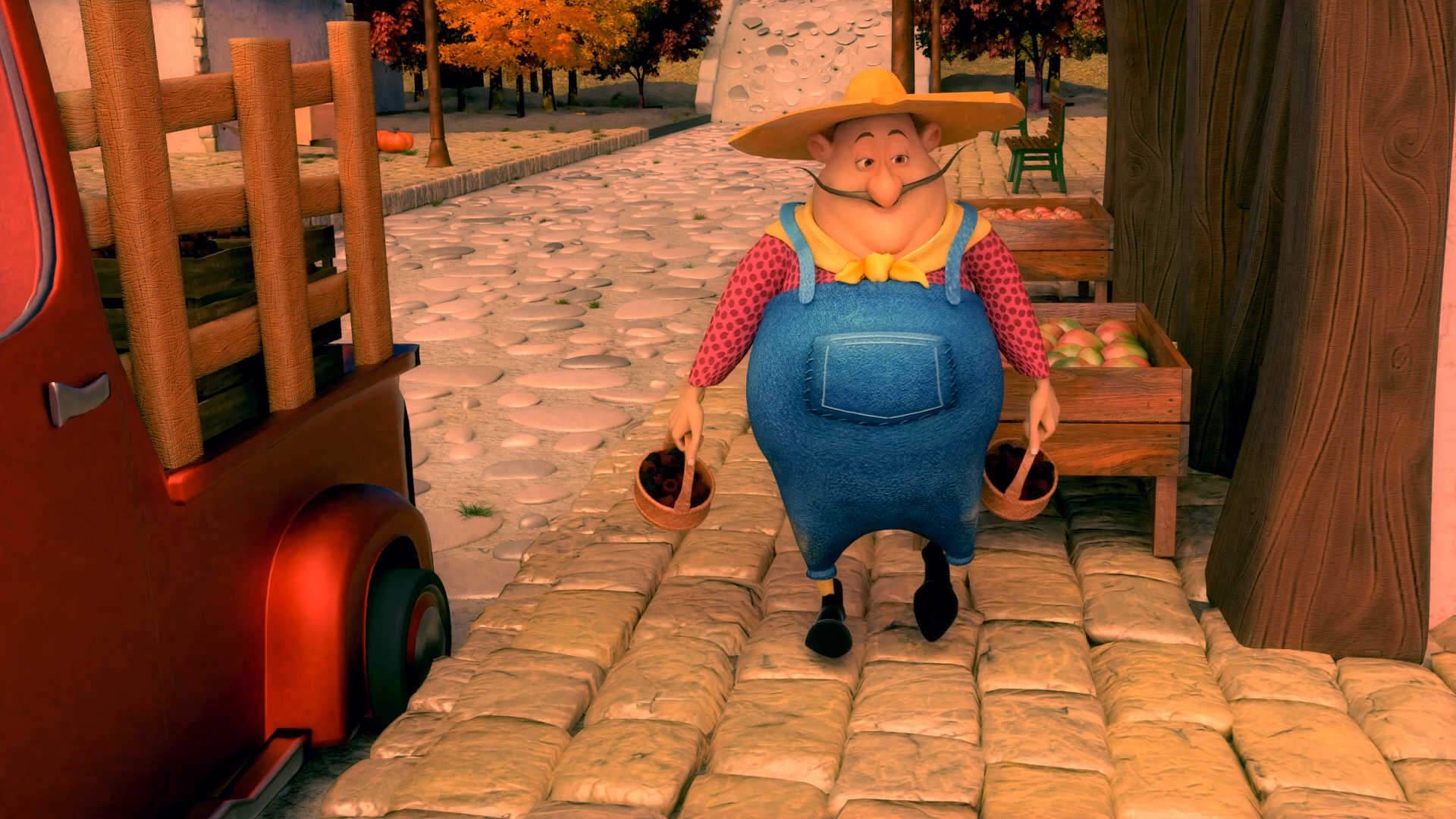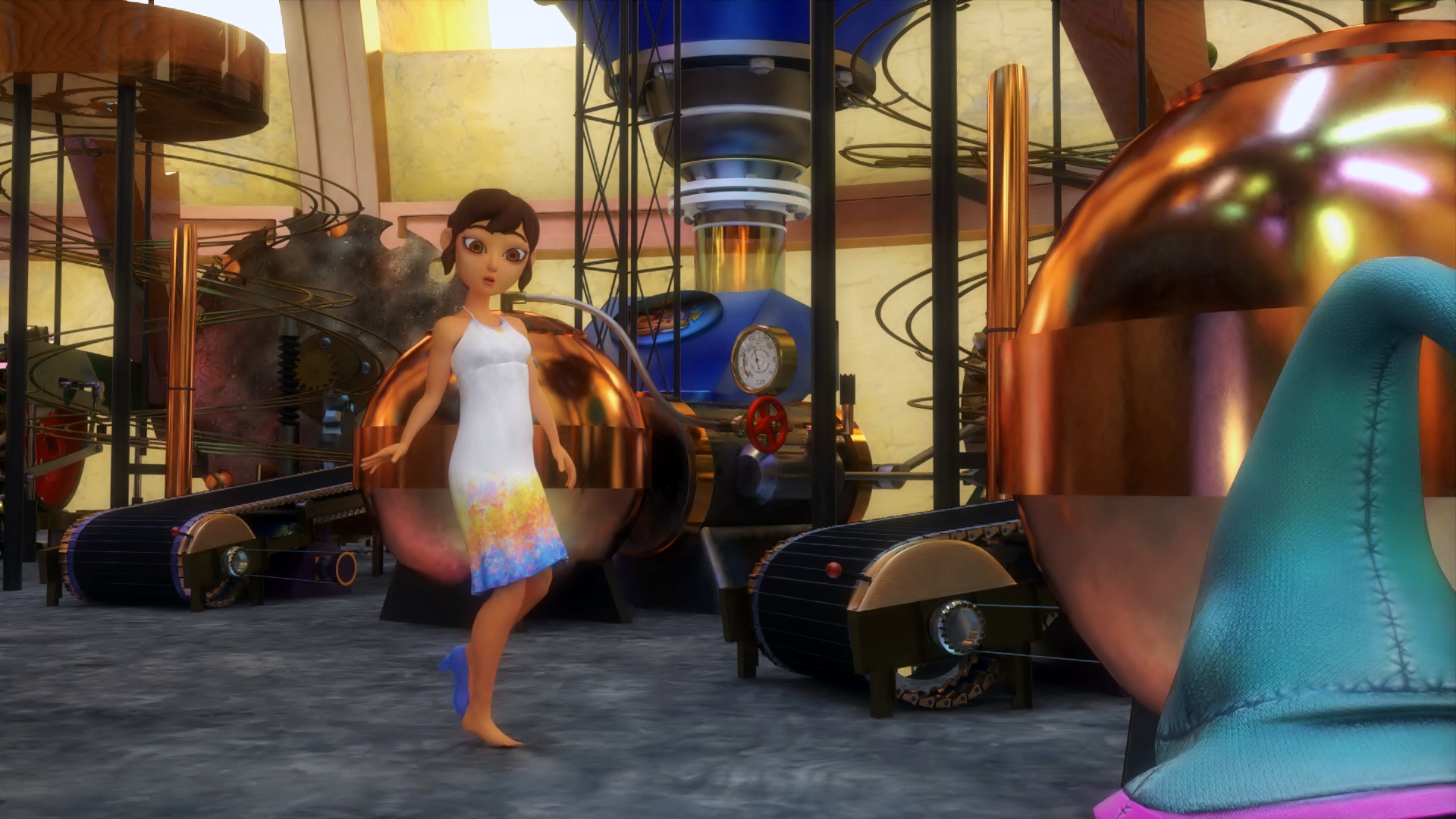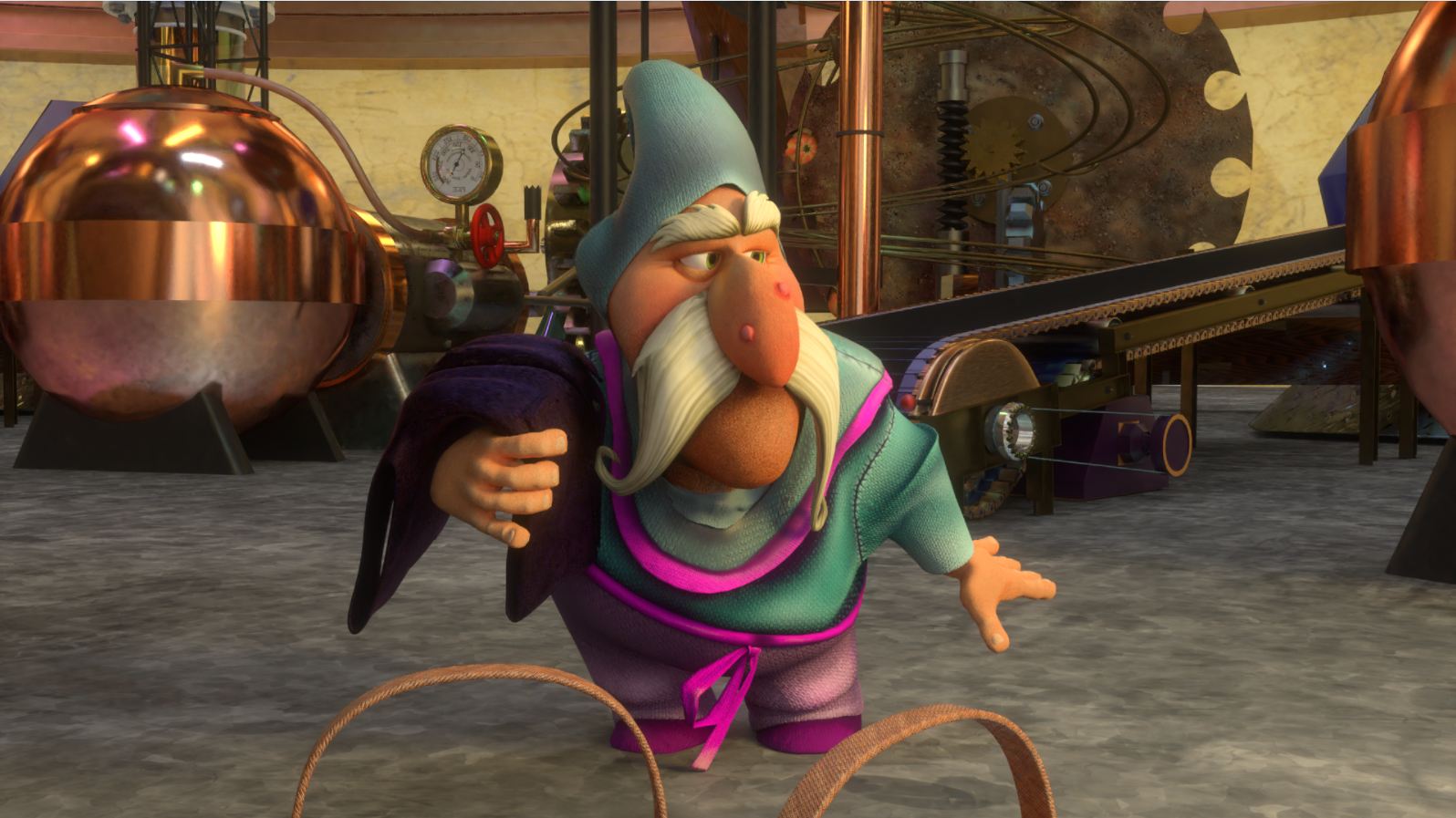In Moravilla’s Fifth DevLog, we will explain two processes that rely a lot on each other: Rigging and animation. In order to read our four previous logs, click on the news section.
Rig
The rig refers to the creation of predefined bones or deformations that will allow a character to be animated. Before adding the bones is necessary to have a well-distributed mesh or good “topology”, if you want to know more about topology you can read our second blog where we cover that topic.
Once the mesh is well distribuited, we can begin to place the bones. The bones in Blender are relatively simple to integrate with the Riggify addon (in riggify’s most recent version Human “Meta-Rig”) where besides having the body bones, it also features facial bones. Below we share a video of Mark Edwards where the basic rigging process with Meta-Rig is explained in detail.
Once the rig is tested to ensure that controllers deform correctly we can move on to the animation process.
Character Animation
The animation of characters and objects were the most time consuming, since it requires a lot of detail and to give life and personality to each of the models it must be very precise in the making.
In order to finish Moravilla on time we had to adopt into a workflow that required us to animate shots quickly so we could send them to render as soon as possible.
Playblast
The playblast consists of a video preview of the work in progress animation, so we are able to see the poses, timing, curves in movements, and so on. Before sending the scene to render it is extremely important to see that the movements of each character feel as real as possible and fit in with the rest of the animations that were made to forge the personality through the actions.
In the case of Moravilla Eustacio’s (the farmer) walk cycle was much more exaggerated and comical in comparison Esperanza’s (the shopkeeper) as seen in the playblasts below.
Animation Process – Acting – Pose to Pose
by Miguel Silva
Under our work schedule we divided the scenes by shots in our playblast to start animating them; we shortened seconds, prolonged some shots and changed sequences, until the transition from our scenes seemed smoother.
The sets were assembled for the staging, and we relied on the proxies of the playblast characters to start animating. This last step is about working on animation over onion skin method, since we can arrange the proxies in a lower layer to hide or show them at will, this allows us to make keyframes of the characters in line with the timming of the animatic, which is less time consuming than when animating pose by pose.
The process where the acting of the characters has to be previewed in each keyframe is commonly called “blocking”. In this process, we animators, must be very clear about the intention we want to give our character, therefore we study with real life movements, from references in videos, movie scenes, cartoons that inspired us, or even ourselves acting out like one of our characters.
Whether it’s a gentle walk cycle in which the character denotes subtlety or fragility, or a walking cycle of someone suffering through a cold night, or a cycle in which we have a huge belly and two little baskets to sell in a store, they are movements we must have well studied.
Prop Animation
For the animation of objects in Blender we use rigid body physics, by instance in the shot where the rotten berries are rising. To give the make the shot appealing and go accord the feeling that blackberries were rising we had to include vortex and wind forces that later became keyframes to continue with the methodology of linked files that was seen in our previous blog.
In our next blog we will be discussing about other simulations that are VFX focused, like simulation of clothes, softbody, fluids and volumetric smoke, each of them were featured in Moravilla.
That’s all for this week’s Blog, if you are interested in knowing more you can always subscribe by mail to learn more about this and other processes that will be shown in the following weeks. If you find it useful please share and comment in the section below.
Follow us on our social networks:
https://twitter.com/Seashell_Studio
https://www.facebook.com/SeashellStudiomx/
Or contact us at our email:






